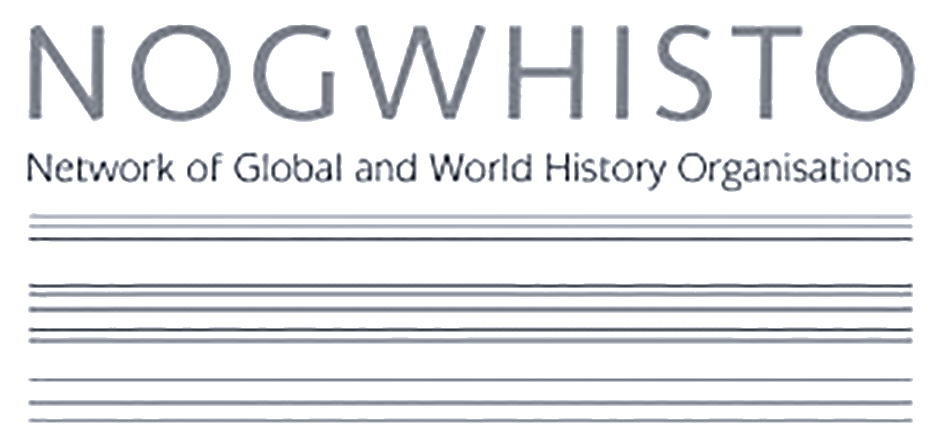D Multivocality in Global History
Foreigners in the Bay of Bengal during the Long Eighteenth Century. A Periphery or Centre of the Global Economy? (Double Panel) Part 2
Event Details
-
Date
III. Thursday, 11th September, 11:00-13:00
-
LocationM1053
-
ThemeD Multivocality in Global History
Convenor
- Ryuto Shimada (University of Tokyo)
Chair
- Tomoko Morikawa (University of Tokyo)
Panelists
- Tomoko Morikawa (University of Tokyo)
- Mathias Istrup Karlmose (Stockholm University)
- Ryuto Shimada (University of Tokyo)
- Bhaswati Bhattacharya (University of Göttingen)
- Wim de Winter (KU Leuven)
- Chisa Mizobuchi (University of Tokyo)
Papers
-
Tomoko Morikawa
Iranians in the Bay of Bengal. Persian as Koine in the Early Modern Indian Ocean World -
Mathias Istrup Karlmose
The Battle for Dannemarksnagore - The Danish Presence in Mughal Bengal, 1698-1714 -
Ryuto Shimada
The Dutch East india Company in the Eighteenth Century: Rise and Decline in the Bay of Bengal -
Bhaswati Bhattacharya
Armenians in the Bay of Bengal in the Long Eighteenth Century -
Wim de Winter
Armenian Merchants in 18th Century Bengal and Beyond: Agents and Intermediaries at the Nexus of Trans-oceanic trade -
Chisa Mizobuchi
Elephants in the Bengal Presidency of the British East India Company 1765-1842: Sovereignty, Science and Social Life
Abstract
The Bay of Bengal region underwent a great transformation from the 1680s to the 1820s to form the fundamental conditions for modernization in the nineteenth and twentieth centuries. This double panel session attempts to place this transformation during the long eighteenth century in the context of global history. While some areas in the region were colonized by the British, the Bay of Bengal region began to experience the economic development as a whole, which was generally caused by growing global demand for export products, such as cotton textiles, opium, cinnamon and coffee. The region had been a sort of periphery in maritime Asia in terms of international trade, compared with the Arabian Sea region and the South and East China Seas region. Yet, faced with political and socio-economic changes, it became a center for supplying primary products to the global market throughout the long eighteenth century. The panelists focus on foreigners and clarifies the process of transformation in the Bay of Bengal region through foreigners’ eyes. Foreigners not only from Europe but also from other part of Asia came to this region for business, settlement and colonization, and many foreigners were concerned with political and/or socio-economic changes with local people. Keeping this in mind, the six panelists shed light on various aspects of the transformations from foreigners’ perspectives of not only the Dutch and British, but also Iranians, Armenians, Danes and so on.
This panel session is also an attempt for multi-linguistic global historical studies. Focusing on a specific region in Asia, historians consult sources in several languages for a global history. In this sense, the panel session can be a model case study for reconsidering the methodology of global history.



